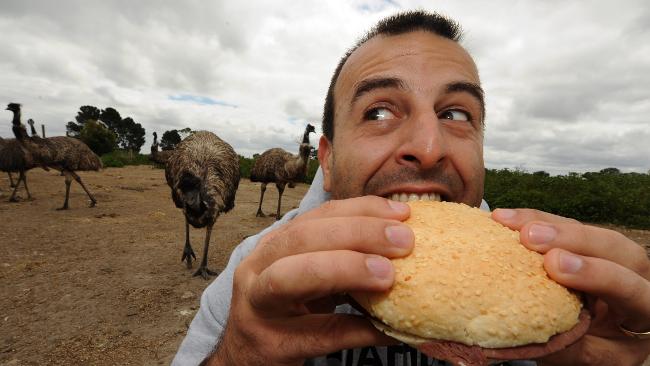France has traditionally been the largest consumer of its own wines. However, wine consumption has been dropping in France for over 40 odd years. During the decade of the 1990s, per capita consumption dropped by nearly 20 percent.
Australia and France both make very good wine, but their respective wine making cultures are at opposite extremes. In Australia, wine makers must go to university and learn the science of wine making. After graduation, some are expected to make wine in a foreign country in order to further develop their abilities. Once acquiring a vast body of knowledge, they return to Australia and further contribute to the local knowledge pool. The wine maker's knowledge is then tested in a variety of national wine shows where blind tastings are used to assess quality and award prizes.
The recognized wine producing areas in France are regulated by the Institut National des Appellations d'Origine – INAO in acronym. Every appellation in France is defined by INAO, in regards to the individual regions particular wine "character". If a wine fails to meet the INAO's strict criteria it is declassified into a lower appellation or even into Vin de Pays or Vin de Table.
Map of the principal wine regions in France
Whereas Australian wine making culture emphasises science and allows the freedom to use it, French wine making culture revolves around inflexible classification systems that define wineries as inferior and superior. In 1855, Bordeaux wineries were ranked in classes titled First Growth, Second Growth, Third Growth, Fourth Growth and Fifth growth. In 150 years, only Mouton Rothschild has been able to change its rank. In 1973, it was promoted from Second to First growth.
The Appellation label is a classification system designed to protect established brands. The Appellation label was created in 1935 and has strict rules about permitted grape varieties, yields, alcohol content, cultivation, maturation practices, and labelling procedures. If a wine maker follows the rules of their respective Appellation, then they are allowed to use the Appellation label. If they don't follow the rules then they can't use the label.
By forcing all wine makers in a specific region to make wine in the same way, it becomes much easier for the region to become famous for a specific style. If the region is famous, then all the winemakers in the region also benefit. Furthermore, if each region is famous for a particular style, then different regions of France have no need to compete with each other. It is very much a group first philosophy that allows all individuals in the group to benefit from the group's success.
Although the Appellation system helps marketing, the side effect is that it reduces quality. The system is incredibly harsh on innovation, and leaves no scope for the winemaker to adapt techniques to deal with micro-climatic variances from year to year. Basically, the French wine maker is nothing more than a robot following inflexible rules. There is no need for them to be educated. There is no need to learn new theories. No need to experiment. No need to worry about competition. In fact, there isn't even a need for French winemakers to clean their vats. The lack of cleanliness is reflected in many French wines, which taste of an extremely dirty winery.

Due to obvious problems with the Appellation label, in 1979 the French created the less restrictive Vin De Pays label. Although the VDP label allows scope for wine making expertise, in the eyes of the French consumer, a Vin De Pay wine signals that the wine is of inferior quality. (Entrenched interests in the French industry work hard to maintain that perception.) Consequently, the Vin De Pay wine sells for a low price and so further reinforces negative perceptions about the label - to the delight of those who use the Appellation label.
Unlike Australia, France does not have a culture of national wine shows that allow new wineries to gain recognition. As a result, French wine bottles never display awards as do Australian wine bottles. Plain and simply, French wineries have no way of going up in status.
Australians appreciate the marketing benefits of the Appellation system and have worked to create regional promotions. They have not; however, agreed to follow a uniform set of rules or regulations and probably never would.
French wine originated in the 6th century BC, with the colonization of Southern Gaul and Greek settlers.

























